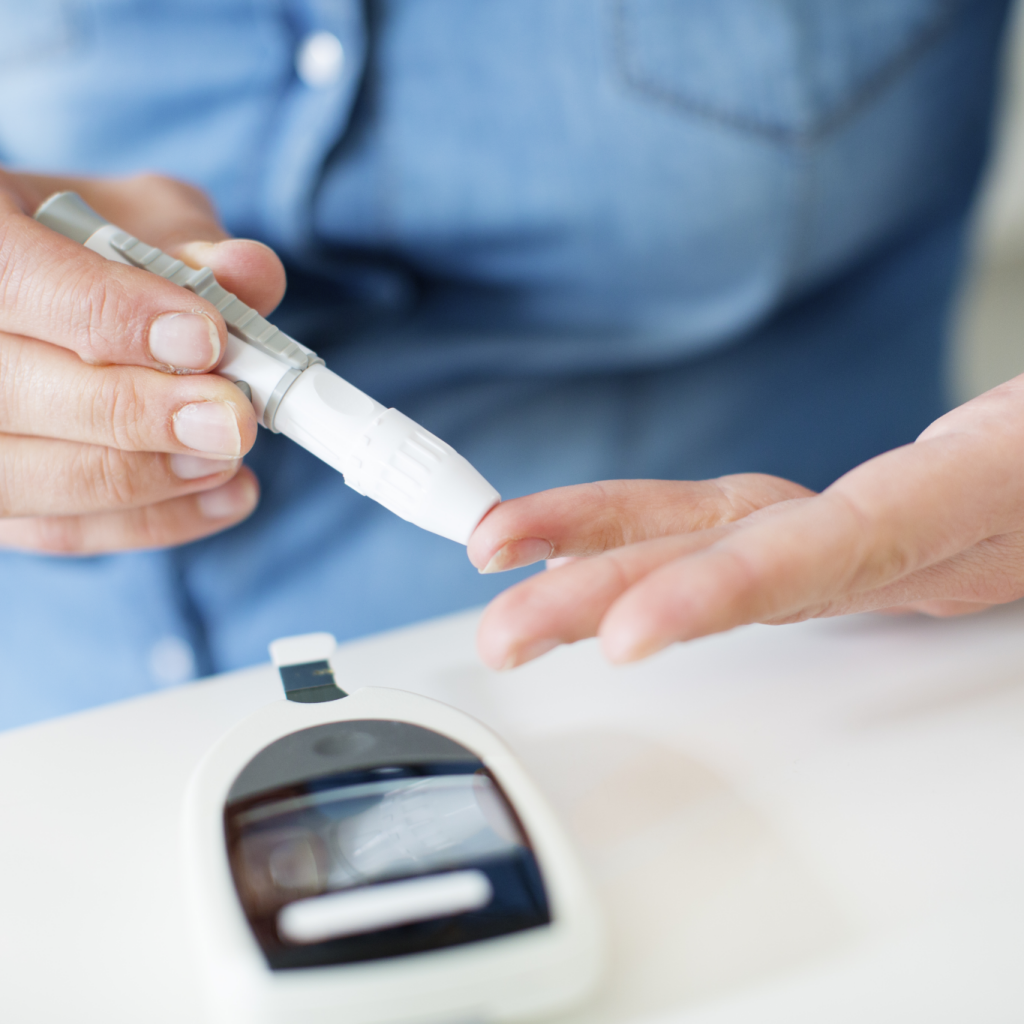+918048047807

This is your website preview.
Currently it only shows your basic business info. Start adding relevant business details such as description, images and products or services to gain your customers attention by using Boost 360 android app / iOS App / web portal.
Diabetes Specialist in Dombivli

Diabetes Diagnosis How Is Diabetes Diagnosed? Everyone aged 45 and over should be tested for diabetes, and if the results are normal, re-tested every three years. Testing should be conducted at earlier ages and carried out more frequently in individuals who have any of the following diabetes risk factors: You have a parent or sibling with diabetes You are overweight (BMI higher than 25) You had gestational diabetes or a baby weighing over 9 pounds Your HDL cholesterol levels are 35 mg/dl or less, and/or your triglyceride level is 250 mg/dl or above You have high blood pressure You have polycystic ovarian syndrome On previous testing, had impaired glucose tolerance or impaired fasting tolerance Tests are used for diagnosis: Fasting Plasma Glucose – This blood test is taken in the morning, on an empty stomach. A level of 126 mg/dl or above, on more than one occasion, indicates diabetes. Casual or Random Glucose – This blood test can be taken anytime during the day, without fasting. A glucose level of 200 mg/dl and above may suggest diabetes. If any of these test results occurs, testing should be repeated on a different day to confirm the diagnosis. If a casual plasma glucose equal to 200 mg/dl or above is detected, the confirming test used should be a fasting plasma glucose or an oral glucose tolerance test.

